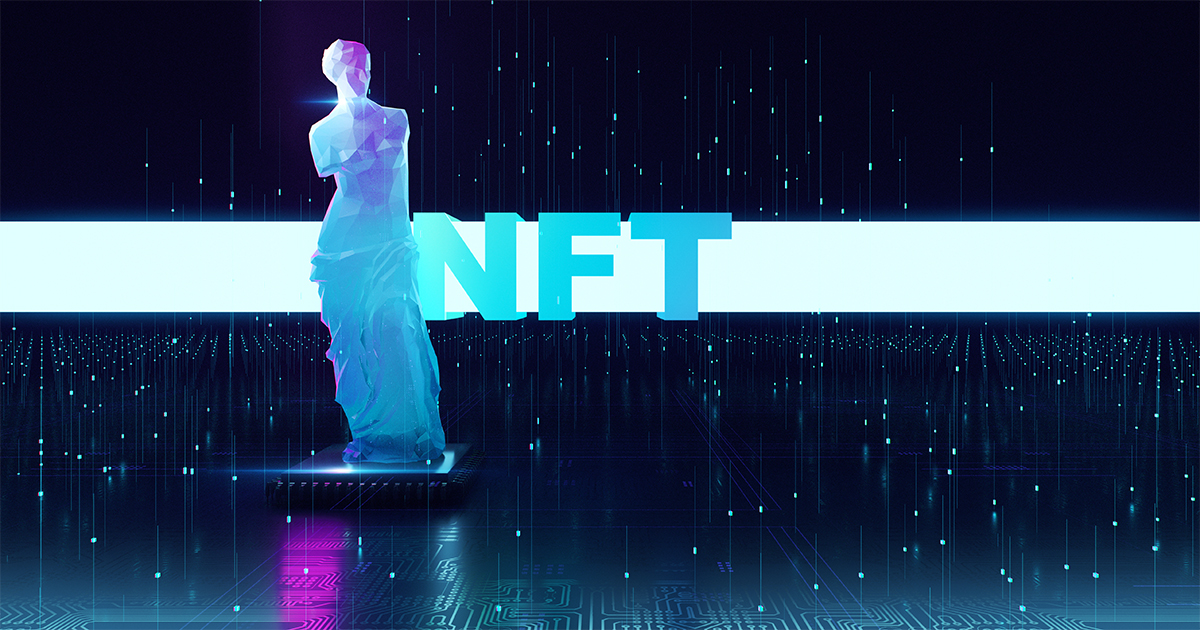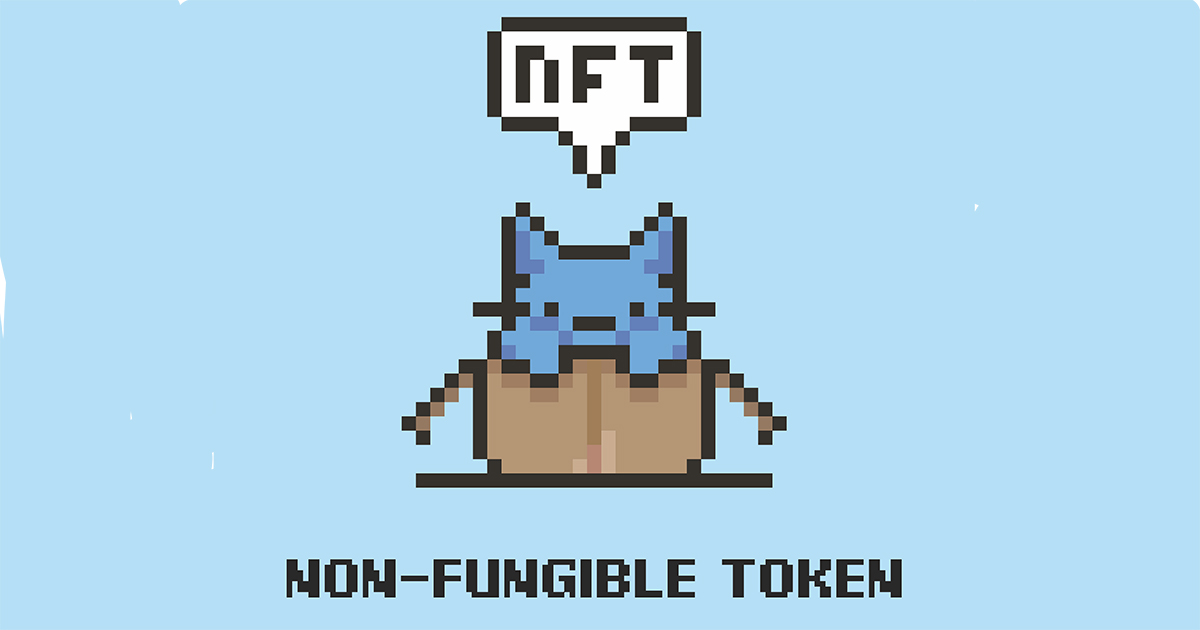
Across the board, creators are striving to claw back control, agency and, increasingly, revenues from employers, publishers and distributors.
One way is via non-fungible tokens (NFTs), which give creators new ability to go directly to customers. But are they a flash in the pan or here to stay?
NFTs are irreplicable blockchain-based tokens that effectively assign ownership, in some form, for a specific digital item. A robust market for NFTs has sprung up among collectors and speculators.
Key milestones in the market’s development included the sale of a digital collage artwork by the artist Beeple for $69 million and the sale of the first-ever tweet (by Twitter founder Jack Dorsey) for $3 million. The NBA’s Top Shot Licensed Digital Collectibles NFTs launched in June 2020, and had traded more than $550 million for video “Moments” by May 2021.
Although musicians may have missed out on live performances and the merchandise sales that go with them, Grimes sold thousands of NFTs at $7,500 each for two short videos — the digital equivalent of signed, limited-edition prints, as PwC points out in its Global Entertainment & Media Outlook 2021–2025.
The Kings of Leon launched an album last March as an NFT that included a limited edition vinyl disc, along with MP3 files and a GIF of the artwork.
READ MORE: Global Entertainment & Media Outlook 2021–2025 (PwC)
Brands are getting in on the act too.
In June, Anheuser-Busch minted NFTs for its premium Stella Artois beer and partnered with ZED RUN to create 50 unique horses for digital horse racing. The horses sold for millions of dollars, according to Spencer Gordon, who leads the marketing team at Anheuser-Busch.
“When they sold we donated the money to help bars and restaurants in Europe that were suffering from the (COVID-19) crisis,” he tells Forbes.
“There is no real functionality or even art to it. There is no craft, it was literally just, let’s get this out quickly, get the headline, move on to the next thing. Ninety-five percent of those are probably going to fail.”
— Nick Tran, TikTok
But the cutthroat race to be one of the first brands to launch an NFT has resulted in a clutter of low-quality NFTs issued only for the sake of earning money rather than resonating with buyers, writes Forbes’ Rashi Shrivastava
“There is no real functionality or even art to it,” says Nick Tran, global head of marketing for TikTok. “There is no craft, it was literally just, let’s get this out quickly, get the headline, move on to the next thing. Ninety-five percent of those are probably going to fail.”
READ MORE: How Global Brands Like TikTok And Anheuser-Busch Are Approaching The Metaverse And NFTs (Forbes)
TikTok has a creator marketplace that helps brands in 40 countries find partners, and its Creator Fund enables people whose self-generated content makes waves on the platform to earn money from their posts.
Young creators are also at the core of the business model of Roblox, a gaming platform that enables users to build their own games and play games developed by others. Roblox went public in a blockbuster IPO in March 2021 and boasts a market capitalization of about $55 billion.
THE ABCs of NFTs:
Are NFTs just more hype, or are they actually the building blocks of the creator economy? Understanding blockchain technology can seem like a lot, but NAB Amplify has the expert knowledge and insights you need to remain at the top of the intersection of art and technology:
- NAB Amplify’s NFT Primer
- What’s the Real Future of the NFT Crypto Art Market?
- Weird Science: The Connection Between NFTs and… Human Nature?
- What Is the Value of an NFT?
- NFTs: Content Strategy or Digital Craze?
“Substack, the newsletter platform company whose slogan is ‘Take back your mind,’ has emerged as the portal of choice for hundreds of independent writers — many of whom have left struggling newspapers and digital media operations and are now eager to sell subscription newsletters to their fans and audiences,” reports PwC.
Unionization is another sign of creators asserting themselves. In Hollywood, a standoff between the Writers Guild of America and the Association of Talent Agents resulted in a new code of conduct for agents, aimed at ending the “packaging” or bundling of talent by agents for TV and film production.
CRUSHING IT IN THE CREATOR ECONOMY:
The cultural impact a creator has is already surpassing that of traditional media, but there’s still a stark imbalance of power between proprietary platforms and the creators who use them. Discover what it takes to stay ahead of the game with these fresh insights hand-picked from the NAB Amplify archives:
- The Developer’s Role in Building the Creator Economy Is More Important Than You Think
- How Social Platforms Are Attempting to Co-Opt the Creator Economy
- Now There’s a Creator Economy for Enterprise
- The Creator Economy Is in Crisis. Now Let’s Fix It. | Source: Li Jin
- Is the Creator Economy Really a Democratic Utopia Realized?
Musicians are seeking a bigger payback too. PwC reports that the rapid growth in streaming has powered corresponding increases in the value of large catalogues of music and their associated rights. That’s good news for formerly embattled creators who aim to monetize their portfolios of work.
Taylor Swift, after a long-running dispute with the company that owned rights to her master recordings, began re-recording and reissuing her previously recorded hit songs to regain ownership. Other major transactions included Paul Simon selling his catalogue to Sony for $250 million, Stevie Nicks selling a majority stake for $80 million to independent operator Primary Wave, and Bob Dylan selling his 600+ song catalogue to Universal for a reported $300 million.





Discussion
Responses (1)